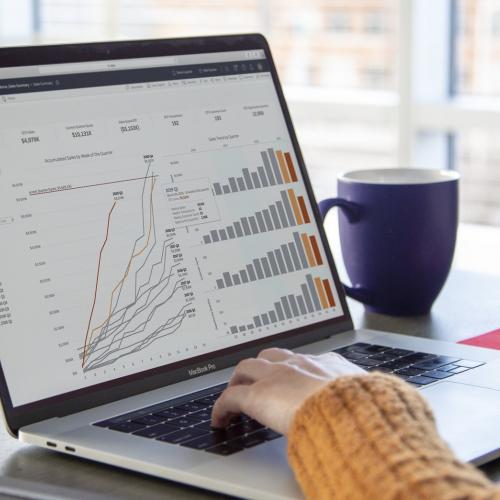
Box bekämpar cyberhot effektivt genom att tydliggöra säkerhetsdata
Box använder Tableau Pulse i Tableau Cloud för att ta sitt robusta innehåll och arbetsflödesskydd framåt och nå insikter. På så sätt optimerar de sitt säkerhetssvar på nya hot som uppstår ur felaktig AI-användning.















